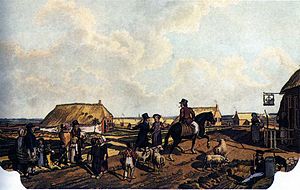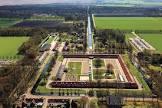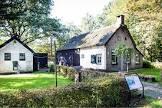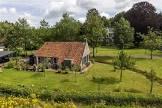Colonies of Benevolence
This transnational collection of sites includes the cultural landscapes of four settlements, one in Belgium and three in the Netherlands. Together they bear witness to an experiment in 19th-century social reform, an effort to alleviate urban poverty by establishing agricultural colonies in remote areas. Founded in 1818, Frederikshavn (Netherlands) was the oldest of these colonies and the original headquarters of a charitable association that aimed to reduce poverty at the national level. Other components of the site include the colonies of Wilhelminaoord and Veenhuizen in the Netherlands and the colony of Wortel in Belgium. As the income from the small farms in the colonies was insufficient, the charitable associations sought other sources of income and contracted with the state to house orphans and, soon after, beggars and vagrants, leading to the establishment of “unfree” colonies such as Veenhuizen, which had large dormitory-style buildings and larger centralized farms for them to work under the supervision of guards. The colonies were designed as panoramic settlements along orthogonal lines. They featured residential buildings, farmhouses, churches and other communal facilities. At their peak in the mid-19th century, such colonies in the Netherlands were home to more than 11,000 people. In Belgium, their numbers peaked in 1910 at 6,000.









Poem of the heritage generated by AI
Intangible culture related to the heritage
China tourist attractions related to the heritage
World heritage related to the heritage
Information extracted from Wikidata
| number of rooms | lccn-n82089930 |
| office held by head of the organization | http://g.co/kg/m/05mv778 |